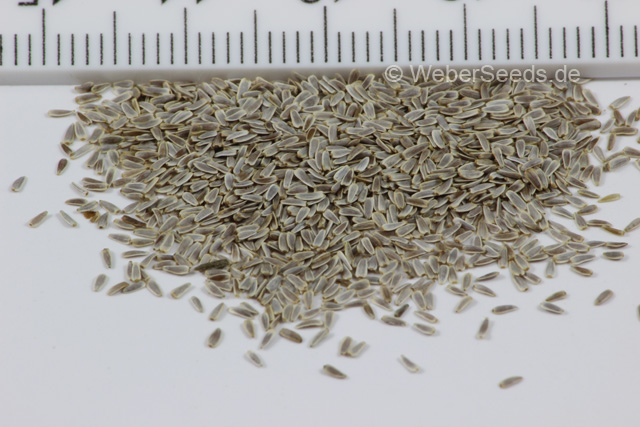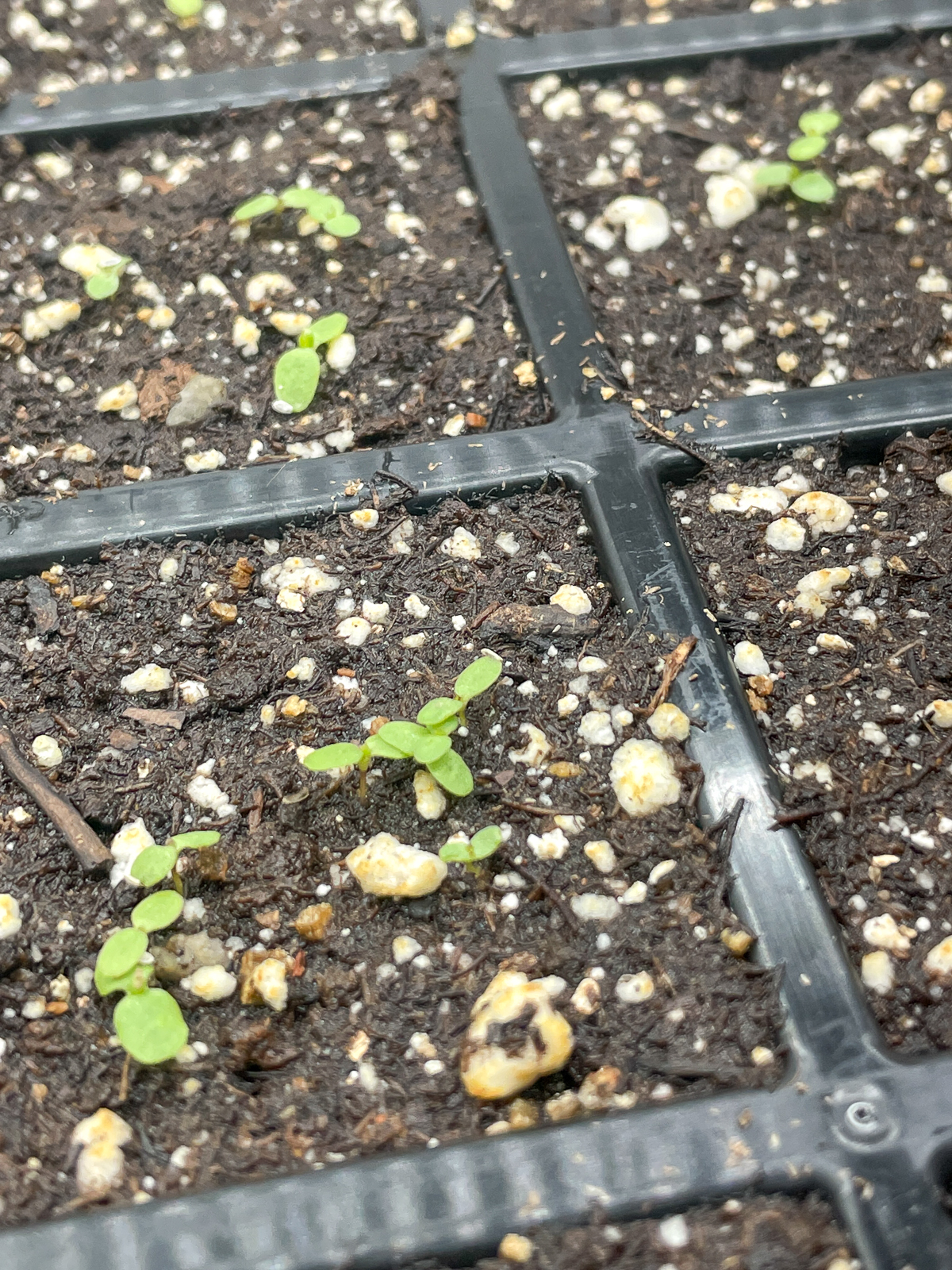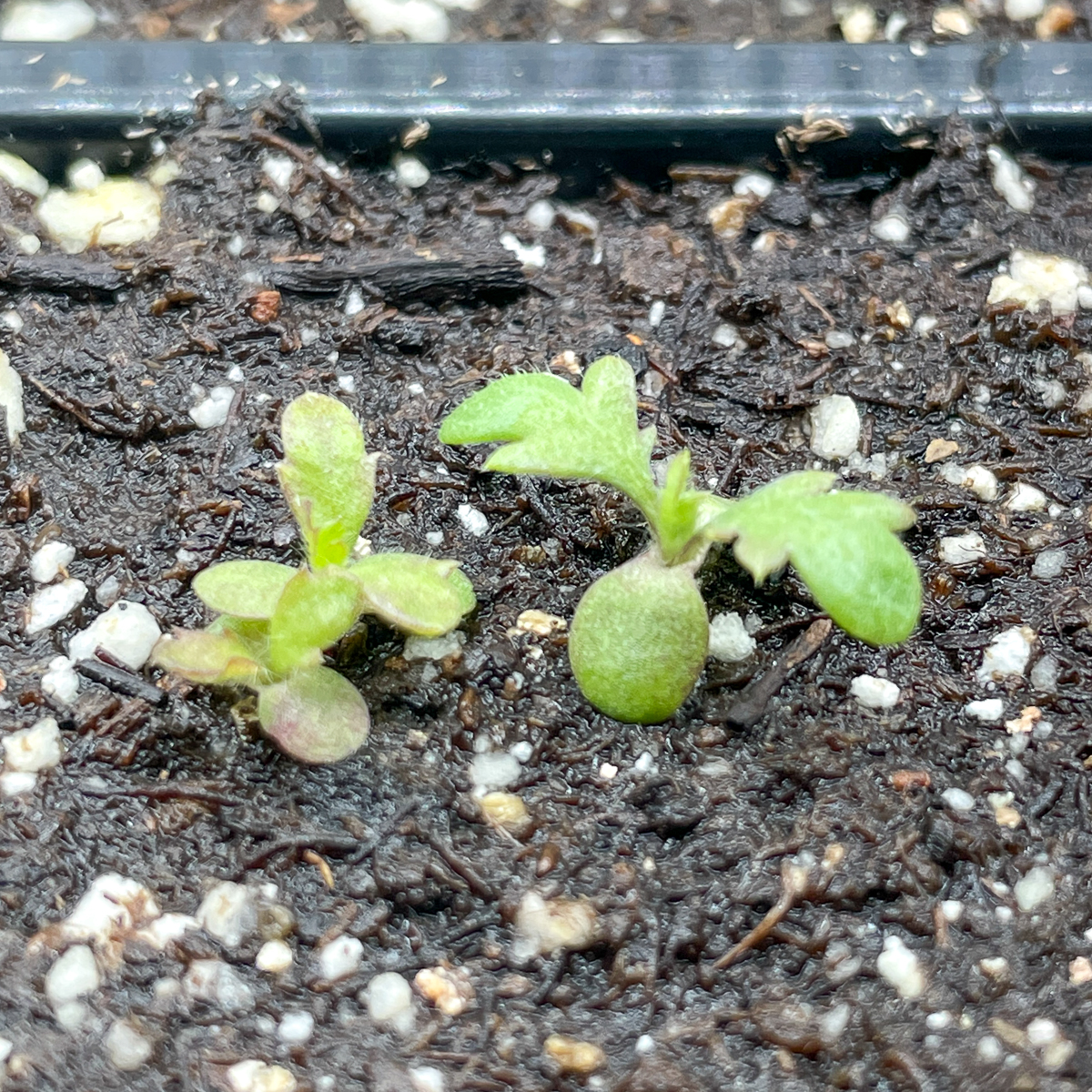Want to see what yarrow seedlings look like at different stages of growth? Come with me as I keep track of their growth!
Imagine youre out weeding your garden in spring and you come across seedlings that you cant identify. You put yarrow there last year, but you forgot to remove the spent flowers before they turned into seeds. Could those be yarrow seedlings?.
Or maybe you’re trying to grow yarrow from seeds inside and can’t wait to see what the baby plants look like when they come up. It can take 10 to 14 days for them to sprout, and the cotyledon leaves don’t look like the real leaves, so you might think you put in the wrong ones!
In this post, I’ll write about each stage of the growth of my yarrow seedlings. I’ll make changes every two weeks until I finally plant them in the garden.
Yarrow (Achillea millefolium) is a common herbaceous perennial plant that produces beautiful flowers and fern-like foliage. It has been used medicinally for centuries and is also widely grown as an ornamental plant. If you want to grow yarrow from seeds, it helps to know what yarrow seeds look like so you can properly identify them. In this complete guide, we will cover:
- The characteristics of yarrow seeds
- What yarrow seeds look like at various stages
- How to distinguish yarrow seeds from other seeds
- Tips for collecting, storing, and sowing yarrow seeds
An Overview of Yarrow Seeds
Yarrow seeds are very small in size and light brown or grayish in color. They are produced by the yarrow plant in dense, flattened clusters that sit atop straight, upright stems. Each cluster contains up to 100 tiny achene fruits that contain a single seed.
Fresh yarrow seeds feel soft and fluffy due to the presence of tiny hairs called pappus attached to each fruit. These hairs allow the seeds to disperse through wind. As the seeds mature and dry, the pappus falls off, giving the seeds a smoother, shinier appearance.
Under a magnifying glass, yarrow seeds reveal their oblong, elongated shape with a tapered end. Their surface often has faint striping or mottled patterns. On average, there are about 350,000 yarrow seeds per ounce. Due to their tiny size, yarrow seeds are similar in appearance to other herb seeds like chamomile, dill, and caraway.
Identifying Yarrow Seeds at Different Stages
Immature Green Seeds
When yarrow flowers first fade after blooming, they give way to immature green seed heads. At this stage, the seeds are soft, moist, and light green in color. They are enclosed in the faded flower head and not ready for harvest.
Mature Brown Seeds
As the seeds fully develop, they turn reddish-brown or tan and become dry and brittle. The seed heads look darker and the tiny fruits inside become more visible. Gently shaking the heads will cause some of the mature seeds to fall out, indicating ripeness.
Dry Gray Seeds
Fully mature yarrow seeds that have been stored and dried for some time take on a lighter gray, beige, or even white appearance. They may feel smoother than fresh brown seeds, with most of the pappus worn off. These dry seeds store well for sowing later.
Distinguishing Yarrow Seeds from Other Species
While yarrow seeds look similar to other herb seeds there are a few ways to distinguish them
-
Yarrow seeds grow in dense, compact clusters rather than loose single flowers.
-
They have a faintly striped pattern under magnification that is unique to yarrow.
-
Yarrow seeds release a strong, herbaceous aroma when crushed, while other seeds have milder scents.
-
Yarrow stems are straight and tall, allowing the seed heads to rise above the foliage.
-
The lacy, fern-like leaves of the yarrow plant are also good identifiers.
Tips for Collecting and Storing Yarrow Seeds
-
Allow seed heads to fully ripen and take on a brown color before collecting them.
-
Cut or snap off the stalks and place upside down in a paper bag to allow the seeds to continue drying.
-
Gently crush the bag periodically to separate the seeds from the chaff.
-
Pour the seeds through a mesh sieve to remove debris and store in an airtight container.
-
Keep in a cool, dry place away from sunlight and moisture. Properly stored, yarrow seeds remain viable for 2-3 years.
How to Sow Yarrow Seeds
-
Like most herb seeds, yarrow seeds need light to germinate. Sow on soil surface and press gently into the soil.
-
Soak the seeds in water overnight before sowing to increase germination rates.
-
Maintain consistent soil moisture, but avoid over-watering until seeds germinate.
-
Germination takes 10-28 days depending on soil temperature. Yarrow prefers temperatures of 60-70°F.
-
Transplant seedlings when they reach 2-4 inches tall. Space plants 12-18 inches apart.

Yarrow seedlings after germination
Yarrow seeds can take up to two weeks to sprout, but mine did it in just two days! I was shocked to see these little sprouts when I took off the humidity dome to water them.

The seedling’s first two leaves are called cotyledons, and they don’t usually look like the plant’s real leaves. They provide energy to the seed so it can start to grow more leaves and roots.
Dont be concerned when the cotyledon leaves wither and die off later on. Theyve served their purpose and are no longer needed for the plant to survive.
Yarrow seedlings after 2 weeks
Two weeks after your yarrow seeds germinate, you can start to see what the leaves will look like in the full grown plant. These Flowerburst Red Shades yarrow seedlings are even starting to take on a bit of a red tinge!

These first true leaves have deeply lobed edges, instead of the rounded ones of the cotyledons. They will continue to grow and become fairly long.
1 collecting yarrow seeds
FAQ
Can you plant yarrow seeds directly in the ground?
What can be mistaken for yarrow?
Is yarrow hard to grow from seed?
Is Yarrow a perennial?
Yarrow is a popular perennial plant that is known for its beautiful clusters of small flowers and feathery leaves. It is easy to grow from seed, but the best time to plant yarrow seeds depends on various factors. Yarrow seeds can be sown directly into the ground or started indoors and then transplanted outdoors.
What does Yarrow look like in Bloom?
When in bloom, the flat-topped white flower clusters of Yarrow are very noticeable and showy. The plant can make for a pleasant display. The inflorescence is somewhat similar to Queen Anne’s Lace. Being on the shorter side (1-3′) Yarrow can fit in spots where height needs to be limited.
How long does yarrow seed last?
Seed will store for a couple years in a cool dry place. The root of Yarrow is fibrous and produces rhizomes. These rhizomes will spread, sprouting new plants as they go. Being able to differentiate Yarrow from other plants is important, as some people use this plant medicinally.
Can you grow Yarrow from seed?
Yarrow, also known as Achillea millefolium, is a versatile and hardy perennial plant that is commonly grown for its attractive flowers and medicinal properties. When it comes to starting yarrow from seed, there are two main methods: direct sowing into the ground and starting indoors.
How tall do Yarrow plants grow?
Most kinds grow to be about 2 to 4 feet tall. Add a thin layer of compost around your plants each spring to keep them fed. Yarrow is very drought tolerant, but if you receive less than 1 inch of rain a week in the summer, remember to water your plants to keep them looking their best.
How long does it take Yarrow seeds to germinate?
The native yarrow is the one that spreads most aggressively. Plant yarrow seed in a commercial seed starting mix. Barely cover seeds with just one-quarter inch of soil at most. Yarrow seeds need some light to germinate. Yarrow seeds are slow to germinate. If you keep soil temperature at 70 degreees, germination should occur within 14 to 28 days.
- A Complete Guide to Caring for Yuki Cherry Blossom Shrub - January 23, 2025
- Identifying Red Hot Poker Seeds: What to Look For When Harvesting Torch Lily Pods - January 23, 2025
- A Complete Guide to Harvesting Evening Primrose Seeds - January 23, 2025
